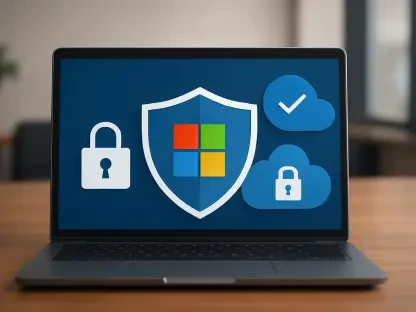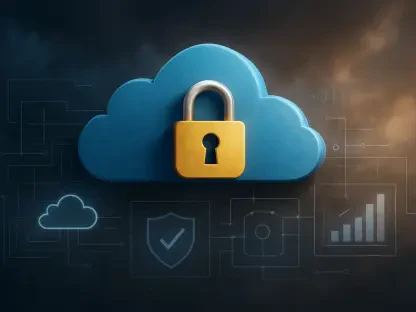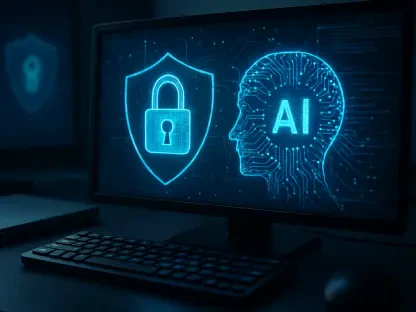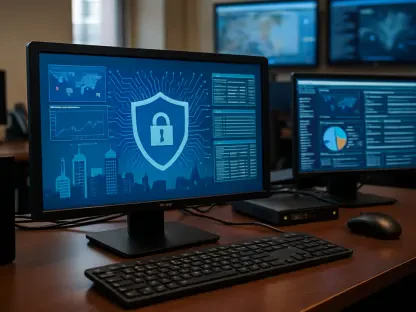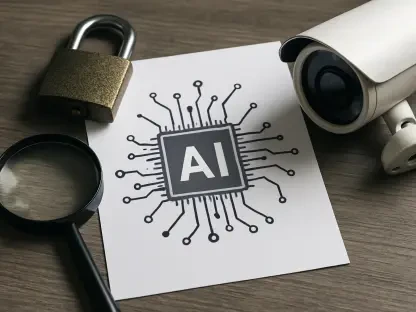Rupert Marais is a renowned expert in cybersecurity, specializing in endpoint and device security, as well as network management. His insights on securing CI/CD workflows come at a critical time when these processes are increasingly automated and complex. In this interview, Rupert shares his knowledge on the potential risks inherent in CI/CD workflows and how platforms like Wazuh can mitigate them effectively.
Can you explain what CI/CD stands for and its importance in modern software development?
CI/CD, which stands for Continuous Integration and Continuous Delivery/Deployment, is vital in modern software development as it automates many processes involved in building, testing, and deploying code. This automation accelerates delivery times, ensuring that product updates and improvements reach users faster without compromising on quality.
What are some security risks associated with CI/CD workflows?
CI/CD workflows, while advantageous in many ways, are not without security risks. Some include potential supply chain attacks, problems stemming from outdated or vulnerable dependencies, and threats from insiders or unauthorized access due to misconfigurations. These risks stem from the speed and complexity of automation, which can sometimes sideline thorough security checks.
How can lack of visibility affect the security of CI/CD workflows?
Without proper visibility, tracking and responding to threats in real-time becomes problematic. CI/CD workflows involve numerous stages and tools, thus obscuring potential vulnerabilities. This lack of centralized monitoring can lead to undetected breaches and delays in incident response, which could be detrimental.
What are the challenges in meeting compliance requirements like GDPR or HIPAA in fast-paced CI/CD environments?
The main challenge lies in maintaining a balance between compliance and speed. These regulations demand rigorous data protection and security measures, which can sometimes slow down development. Ensuring compliance without impacting the pace at which software is delivered requires strict enforcement of security policies throughout the CI/CD pipeline.
Why are outdated dependencies in CI/CD workflows a security risk?
Outdated dependencies are particularly risky because they may contain unpatched vulnerabilities that attackers can exploit. In the fast-paced environment of CI/CD workflows, these outdated elements can quickly become attack vectors, compromising the entire system if not regularly updated and monitored for security flaws.
What security issues can arise from container vulnerabilities in CI/CD workflows?
Containers are integral to many CI/CD workflows, but they are not immune to security issues, such as misconfigurations or insecure base images. Vulnerabilities within container images can provide a gateway for attackers, particularly when images used in production are not properly scanned and validated beforehand.
How can misconfiguration of CI/CD tools lead to security problems?
Misconfigurations can inadvertently expose systems to unauthorized access or other security breaches. Issues like incorrect access controls or hardcoded credentials make it easier for attackers to exploit the system, leading to potential data breaches or privilege escalations.
What are the potential consequences of supply chain attacks in CI/CD workflows?
Supply chain attacks can introduce malicious packages into the CI/CD processes, spreading vulnerabilities across production environments. If third-party tools or libraries are compromised, this can have cascading effects, leading to widespread system vulnerabilities.
How can insider threats compromise CI/CD workflows, and what are some signs of these threats?
Insider threats are particularly perilous as they involve authorized users potentially exploiting their access levels. These threats might manifest as unauthorized code changes, attempts to access sensitive areas without permission, or leaking of credentials, often detectable through monitoring deviations from normal activities.
What capabilities does Wazuh offer to enhance security in CI/CD workflows?
Wazuh provides comprehensive features for threat detection, compliance, and incident response, centralizing security monitoring across CI/CD pipeline elements. Its capabilities include log collection, integration with third-party tools, and the automation of security responses to threats, thus maintaining a robust security posture.
How does Wazuh’s File Integrity Monitoring (FIM) feature contribute to security in CI/CD workflows?
The FIM feature in Wazuh alerts security teams to unauthorized changes in code or configuration files, detecting suspicious file activities, and thereby safeguarding the integrity of sensitive components within the CI/CD pipelines.
Can you describe the process of creating custom rules in Wazuh to match specific security needs of a CI/CD workflow?
Creating custom rules in Wazuh involves defining specific conditions that reflect an organization’s security policies, such as monitoring for particular kinds of code changes or server configurations. This customization offers tailored security checks that align with distinct workflow requirements, enhancing overall protection.
How does Wazuh integrate with third-party security tools to provide centralized security monitoring?
Wazuh can pull data from a variety of third-party tools used within CI/CD environments. This integration not only consolidates security information but allows for a holistic view of potential threats across the pipeline, improving detection and response efficiency.
What is the significance of integrating container vulnerability scanning tools with Wazuh in CI/CD workflows?
By integrating with tools like Trivy and Grype, Wazuh enables thorough scans of container images before deployment. This preemptive scanning ensures that only secure, up-to-date images advance into production, significantly reducing the risk of container-related vulnerabilities.
How does the Wazuh Command module interact with tools like Trivy and Grype to manage container image vulnerabilities?
The Wazuh Command module automates the execution of scans using Trivy or Grype, displaying detected vulnerabilities on the Wazuh dashboard. This real-time vulnerability assessment prevents insecure images from reaching production, thus fortifying the CI/CD workflow.
How does Wazuh’s automated incident response feature enhance security in CI/CD workflows?
Wazuh’s automated incident response is crucial in the fast-paced environment of CI/CD. By instantly addressing detected threats—like blocking malicious IPs—it minimizes damage and avoids escalation, ensuring swift and efficient threat management.
Can you provide an example of how Wazuh’s Active Response module can automatically address security threats?
An example would be Wazuh detecting a malicious IP attempting unauthorized access. The Active Response module can automatically block this IP and execute predefined actions to mitigate further risks, substantially reducing the need for manual interventions.
Why is it important to maintain security alongside the speed of development in CI/CD workflows?
Maintaining security without sacrificing development speed is vital because it ensures a safe and reliable software development process. Security lapses can lead to data breaches or system compromises, so it’s crucial these are addressed promptly while keeping development pipelines efficient.
How does integrating Wazuh into CI/CD workflows help organizations balance security and development speed?
Wazuh streamlines security management, automates threat responses, and integrates seamlessly into CI/CD workflows, allowing organizations to maintain security without hindering development speed. This balance is crucial for sustaining both innovation and protection.
What are some key takeaways from using Wazuh to secure CI/CD workflows?
Using Wazuh, organizations can anticipate vulnerabilities, enhance monitoring, enforce compliance, and automate incident responses, ensuring security adapts to the rapid pace of modern software development. Integrating Wazuh secures the workflow while maintaining development agility.
Do you have any advice for our readers?
Always prioritize integrating security measures from the get-go in your CI/CD workflows. With tools like Wazuh, you can manage risks proactively while staying adaptive to the evolving cybersecurity landscape, ensuring both innovation and protection go hand in hand.


